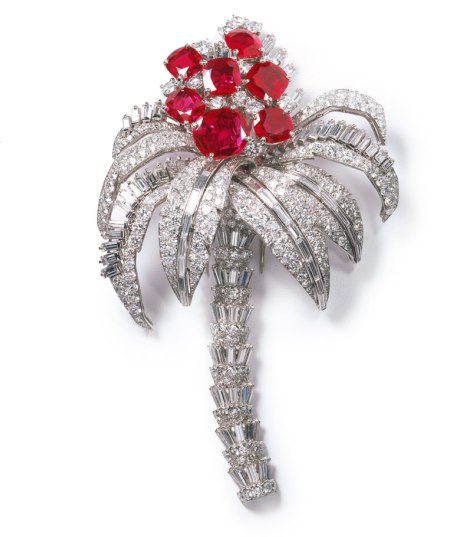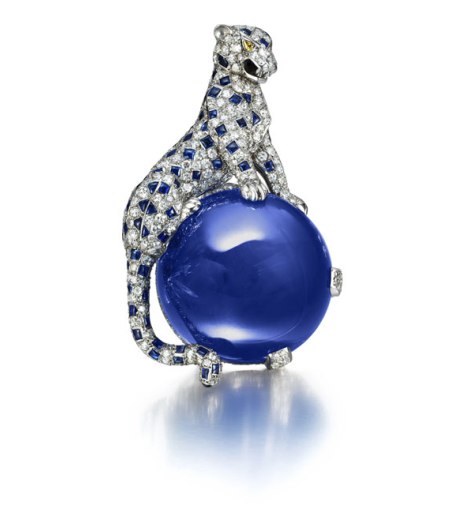The Art of Cartier

Flora and Fauna

In 1933, Louis appointed Jeanne Toussaint (1887–1978) head of Cartier’s Fine Jewellery department. From that time to the 1960s, Toussaint —nicknamed “the Panther”— enjoyed enormous success in this role thanks to her outstanding intelligence and creativity. Toussaint’s touch was such that it created a new standard of taste that was dubbed “goût Toussaint”. It was under her infallible instincts that flora and fauna became representative of a fantastic world and testimony to a new sensibility for nature that was altogether unlike the geometric stylization of Art Deco. Marking a definitive break from the use of monochrome platinum and diamonds, Toussaint’s directorship oversaw the reintroduction of yellow gold. It was during the eventual return to prosperity in the 1950s that fine jewellery in platinum, diamonds and precious stones reappeared in Cartier’s windows. An almost naturalistic, a three-dimensional Palm-tree brooch created in 1957 is an outstanding example from that period [fig. 19].
 |
fig. 19. Palm-tree clip brooch
- Propiedad
- Cartier Paris, special order, 1957
Jeanne Toussaint became a mouthpiece for the most sophisticated women of the time. Many of the Duchess of Windsor’s jewels were designed in collaboration with her, such as her Panther brooch [fig. 23] in which the animal sits on a 152.35-carat Kashmir sapphire cabochon.
 |
fig. 20. Panther clip brooch
- Propiedad
- Cartier Paris, 1949


